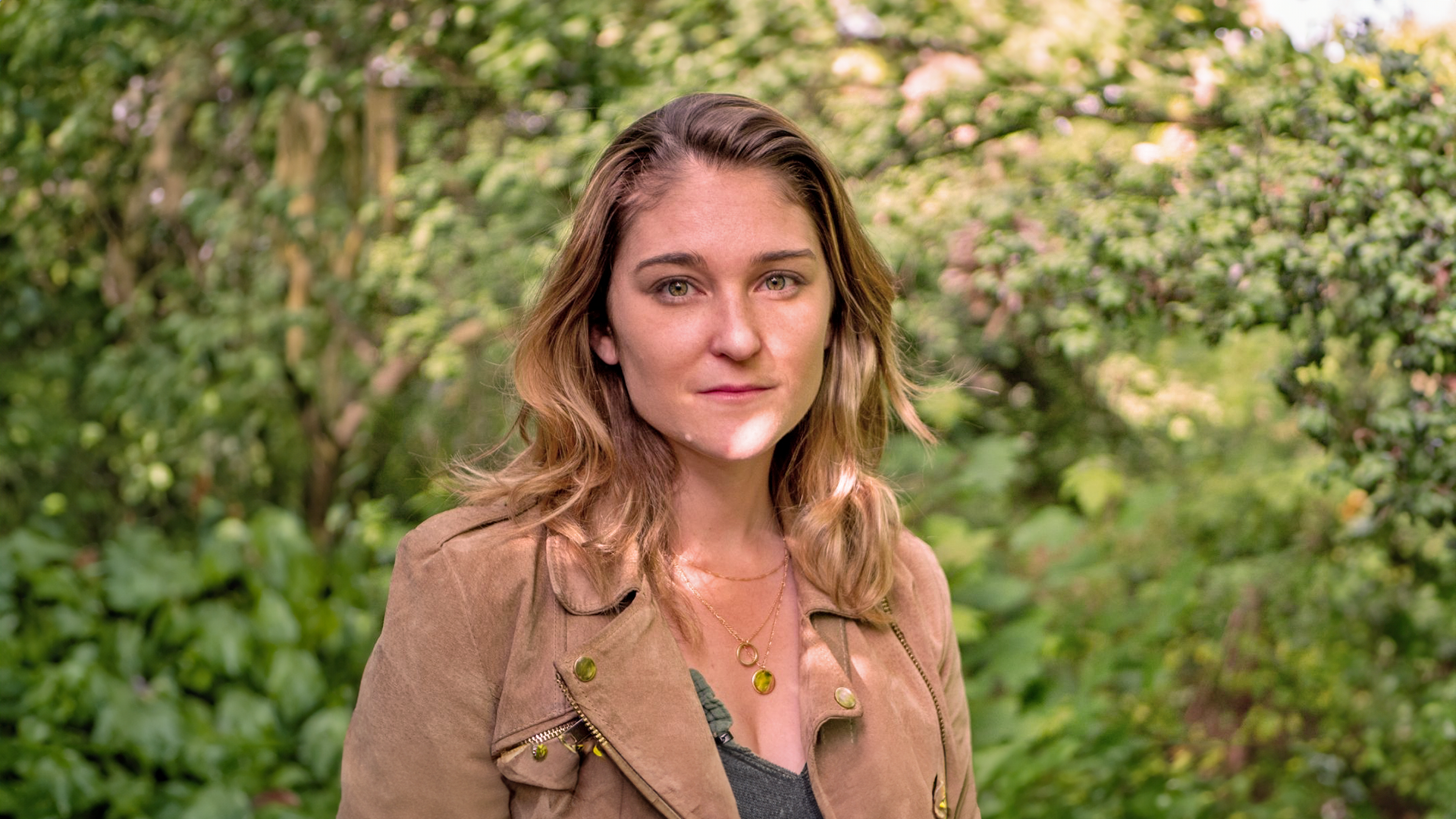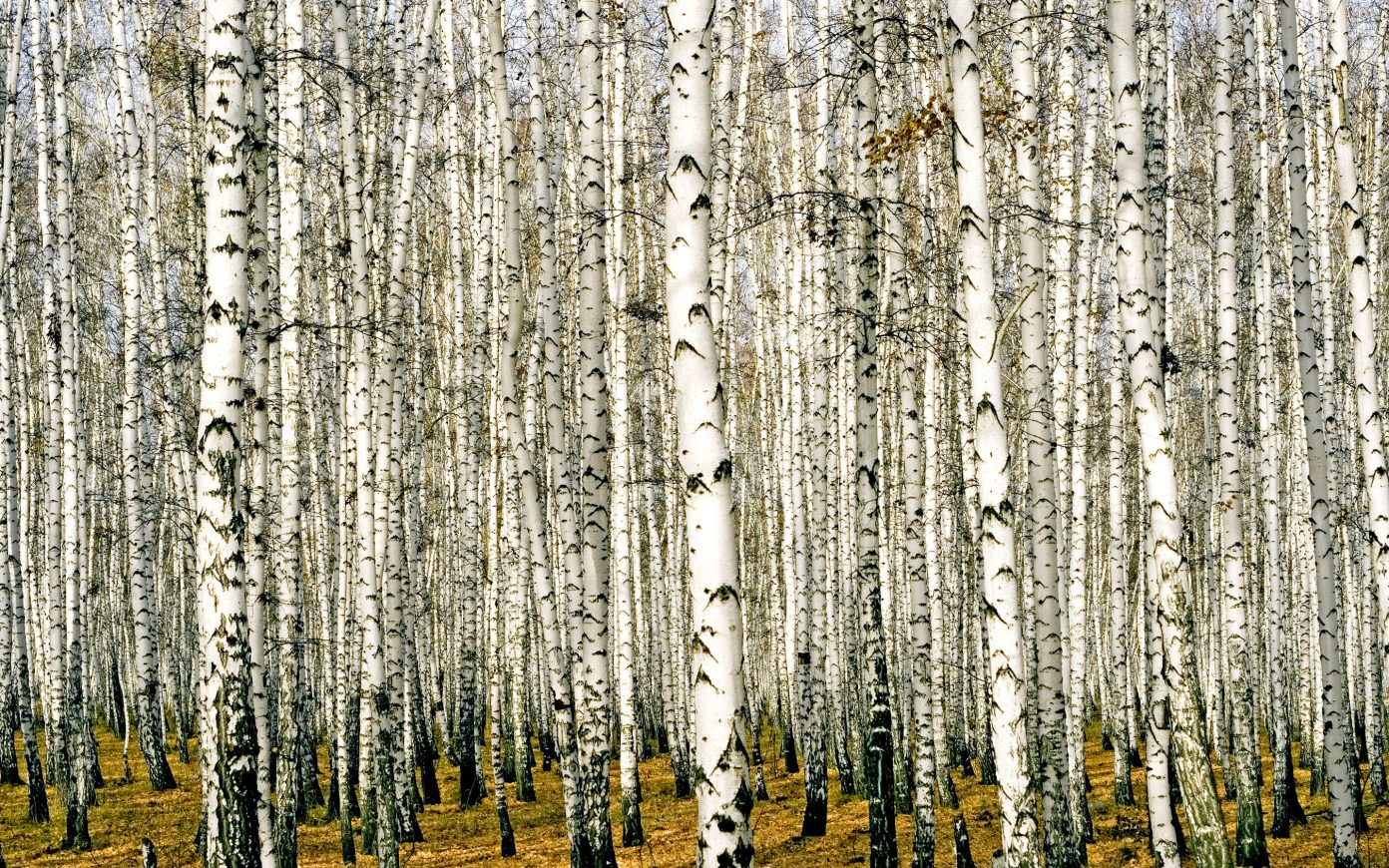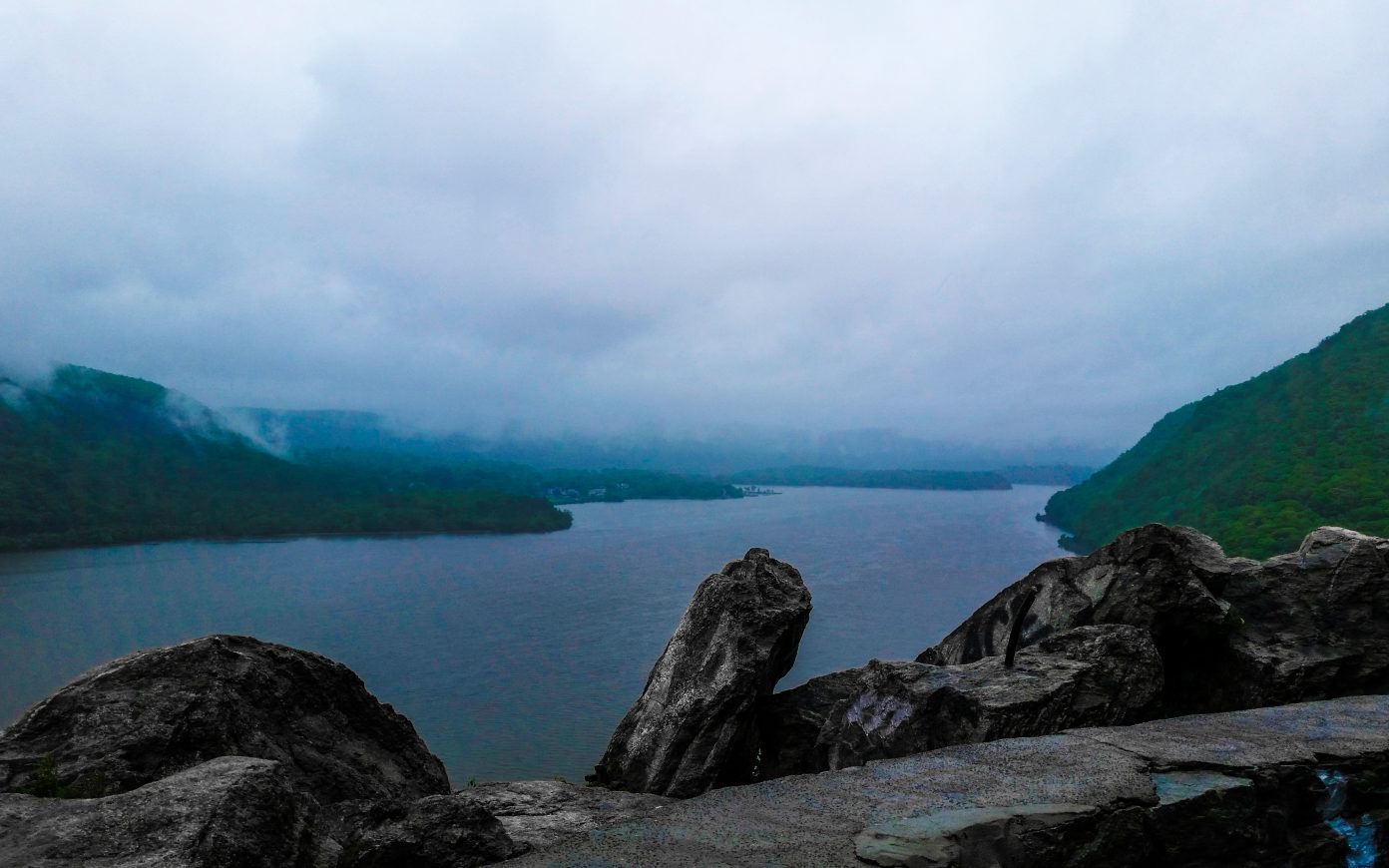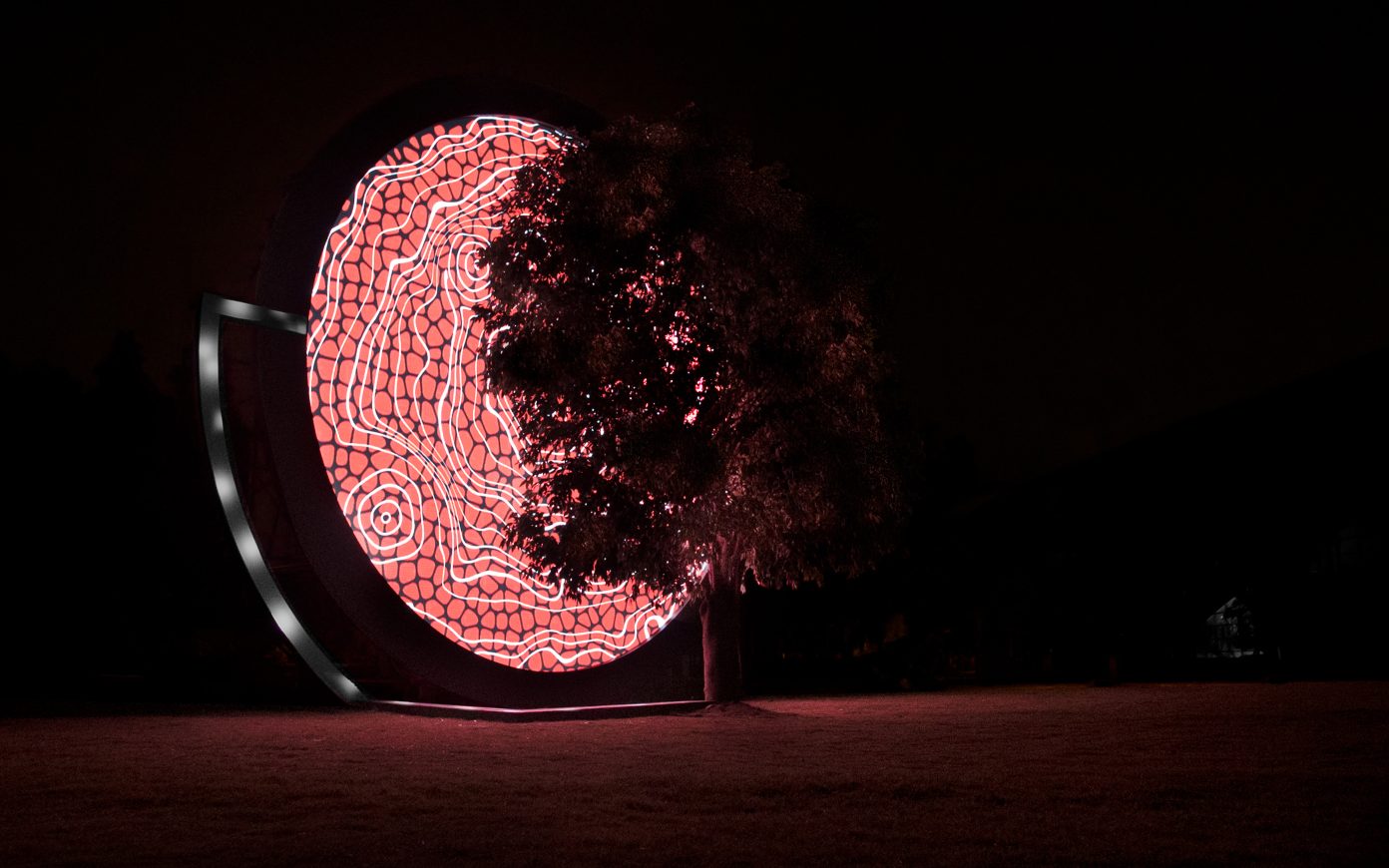"Natural Artifacts" and Urban Ecosystems
The popularity of projects that seek to reintegrate plant-life into the city raises questions around our definitions of the natural and the artificial. Combining research in the field of environmental philosophy with her urban planning practice, Marion Waller has developed the concept of the “natural artifact.” It is a matter of providing an ethical and political framework for man-made objects that “resemble” nature and that possess autonomy. Waller’s analysis flies in the face of the common vision whereby every human intervention on the environment is ontologically negative, emphasizing the importance of reinforcing the links between man and nature by multiplying the number of hybrids. In this way, natural artifacts become a model in urban planning practice, reducing the opposition between city and nature. Rather than trying to “restore” and sanctuarize nature, it invites us to accept the modification of the living, reintegrating it into the city according to a model of “rehabilitation,” by increasing the opportunities for interactions between ecosystems and by interweaving diverse environments within the urban space.




